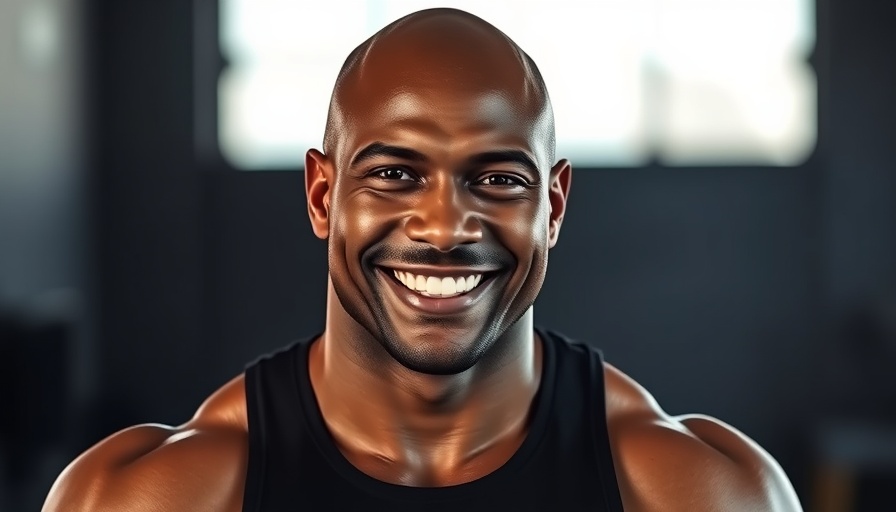
Understanding the Rating of Perceived Exertion in Strength Training
The Rating of Perceived Exertion (RPE) scale has taken a prominent role in strength training methodologies, especially among fitness trainers and gym owners. It helps lifters gauge how hard they feel they are working during their sets. On an RPE scale, a rating of 10 indicates maximal effort, while a lower RPE means more capacity to push stronger in subsequent sets. This technique not only aids in tracking progress but is also essential for injury prevention and optimizing performance during workouts.
In RPE for Strength: EXPLAINED, the discussion dives into the practical application of the RPE scale in strength training, exploring key insights that sparked deeper analysis on our end.
Why RPE Matters: A Bridge Between Intensity and Technique
For gym owners and trainers, understanding why the RPE scale is significant can enhance training programs significantly. As explained in the video RPE for Strength: EXPLAINED, an RPE rating of 5 implies the lifter is lifting at about 50% of their maximum effort, which is essential for technique refinement. Here, the focus is on ensuring that movement mechanics are observed and taught correctly without pushing participants to their limits.
Deciphering RPE Ratings: Navigating the Scale
One of the critical insights from the video is how RPE varies with repetition ranges. For instance, sets of four might allow for an RPE of 8, which reflects effort without reaching complete failure. This is crucial for trainers as well, as teaching clients about RPE can help them manage their exertion levels effectively. Understanding this link between RPE and repetitions establishes a clearer picture of training intensity and can optimize growth and recovery cycles for clients.
Enhancing Workout Programs with RPE Insights
Implementing RPE into workout programs can provide unique benefits. By having a structured way to assess their perceived effort, gym members can tailor their training loads dynamically. This personalized intensity adjustment helps prevent overtraining, a common concern in the fitness community. It also allows members to build a stronger mental connection with their workouts, understanding the need to balance intensity for both growth and recovery.
Future Predictions: The Role of RPE in Fitness Technology
As technology continues to evolve in the fitness sector, RPE can be integrated with wearable tech and training apps to assist lifters even more. Imagine a future where smart wearables not only track repetitions and weights but also incorporate RPE data to analyze workout effectiveness in real-time. These innovations will represent a significant shift towards personalized training regimens, enhancing the overall effectiveness of training programs. Trainers should prepare for this transition and embrace technology that utilizes RPE insights.
Practical Insights for Trainers and Gym Owners
For today’s fitness professionals, incorporating the RPE scale into training programs can lead to better outcomes for their clients. Here are a few actionable tips for gym owners and trainers:
- Educate Clients: Ensure that your members understand the RPE scale. Hold workshops or training sessions to introduce RPE and teach them how to gauge their efforts.
- Track Progress: Use RPE alongside traditional metrics like weight lifted to help clients see improvements more holistically.
- Monitor Feedback: Regularly ask for feedback on how they perceive their workouts. This information can help tailor future sessions to better meet their intensity needs.
Final Thoughts: Making RPE Work for You
The integration of the RPE scale into strength training not only helps athletes focus on their immediate performance but also plays a key role in developing long-term training strategies. By prioritizing technique with RPE and employing this scale thoughtfully, fitness enthusiasts can maximize their training outcomes while minimizing fatigue and injuries.
As the fitness and technological landscapes evolve, staying informed and adaptable will ensure that gym owners and trainers can provide the best possible guidance to their members, leading to continuous progress and satisfaction in their training.
 Add Row
Add Row  Add
Add 




 Add Row
Add Row  Add
Add 

Write A Comment